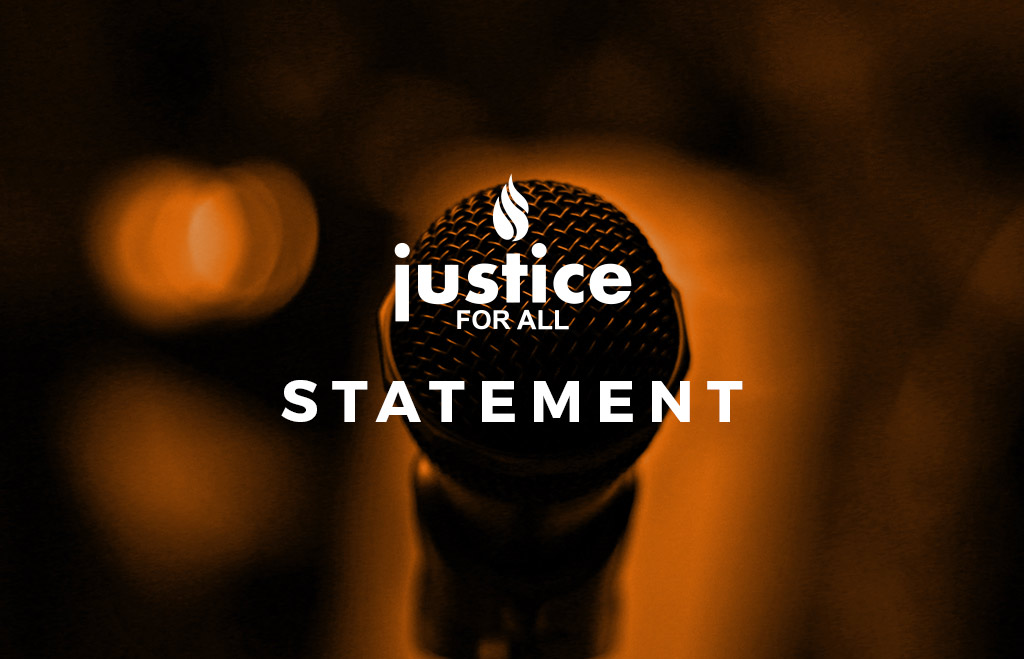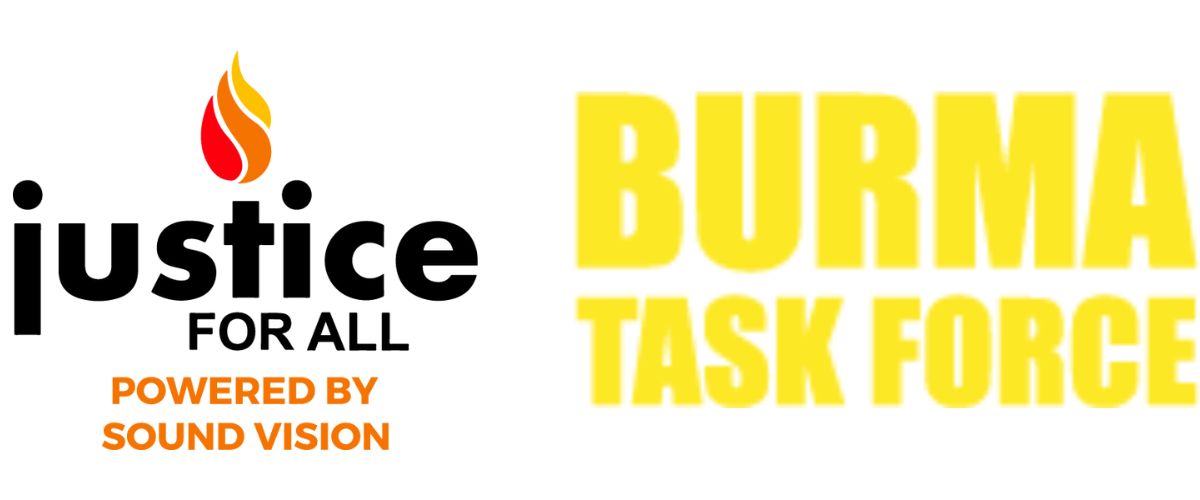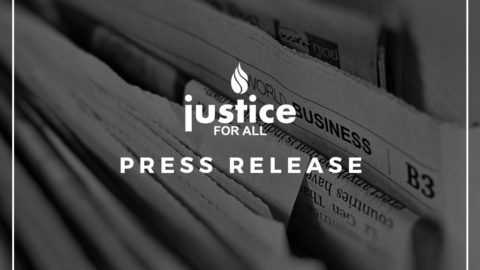Justice For All’s Burma Task Force is horrified by credible reports that Indian authorities forcibly…

Justice For All Condemns The Killing Of WHO Worker, Pyae Sone Win Maung, in Rakhine State
On April 21st, 2020, a WHO worker named Pyae Sone Win Maung was killed while transporting COVID-19 test samples in Rakhine State. This demonstrates the need for armed forces in Burma to relinquish their weaponry, coinciding with statements of the UN Secretary General calling for a ceasefire.
Justice For All condemns, in the strongest of terms, the killing of Pyae Sone Win Maung, and our sincerest condolences are with his loved ones and colleagues.
“We must also take responsibility in supporting those on the front lines putting forth their best and most sincere efforts to help save lives,” said Abdul Malik Mujahid, Chair of Burma Task Force.
Much of the ongoing conflict and violence in Burma especially Chin State is leading to an increasing number of civilian casualties resulting in restrictions on access to many needs such as healthcare along with other substantial efforts so as to provide much needed assistance to vulnerable communities amid the current pandemic. Millions across the world, including medical and humanitarian aid workers, are constantly at risk while attempting to contain the spread of the infectious virus.
This incident also forces us to raise deep concerns over the capability of medical staff and humanitarian aid workers to detect and the spread of the virus.
As of April 21st, Burma has reported a total estimate of 119 confirmed cases of COVID-19 resulting in 5 deaths so far. The likelihood of estimated cases may be higher, like in many other nations around the world.
Rakhine State has also witnessed some of the most severe cases of malnutrition and poverty resulting in extreme vulnerability leaving people almost helpless in Burma. This includes over 200,000 displaced persons in refugee camps not suitable enough with poor living conditions while access to healthcare services is extremely limited. With all of these catastrophic conditions combined, this leaves many vulnerable while potentially increasing the spread of COVID-19.


